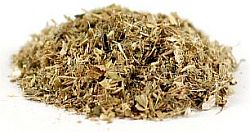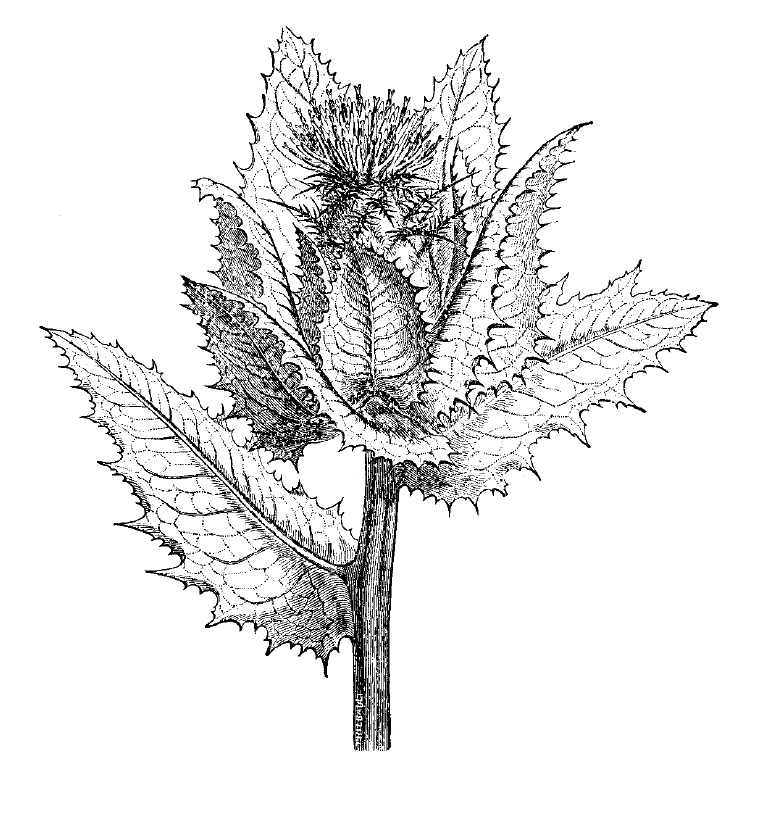- Atonic dyspepsia, use with
Balmony and
Cola.
- Diarrhea, use with
Meadowsweet,
Agrimony
and
Potentilla.
[1] British Herbal Pharmacopoeia 1983 Published by the British Herbal Medicine
Association ISBN 0 903032 07 4.
[2] Potter's New Cyclopaedia of Botanical Drugs and Preparations R.C.
Wren Revised by Elizabeth M. Williamson and Fred J Evans. First published in
Great Britain in 1988 and reprinted in 1989 and 1994 by the C. W. Daniel Company
Limited. 1 Church Path, Saffron Walden Essex. Published 1988 Printed and bound
by Biddles, Guildford ISBN 085207 1973.
[3] The Pharmaceutical Plant Company Pty Ltd
ppcherbs.com.au
Images
1.
robinsyard.blogspot.com.au
Creative Commons Attribution-NonCommercial 3.0 Unported License.
2. Public Domain
3.
bellybytes.com
